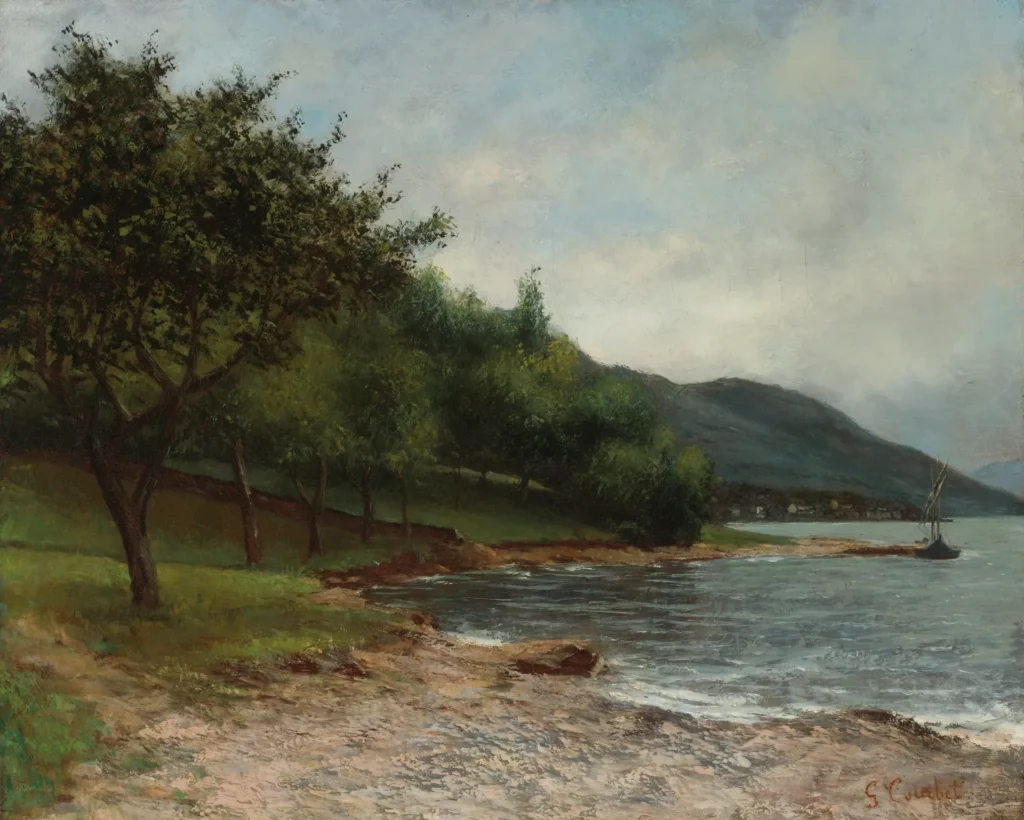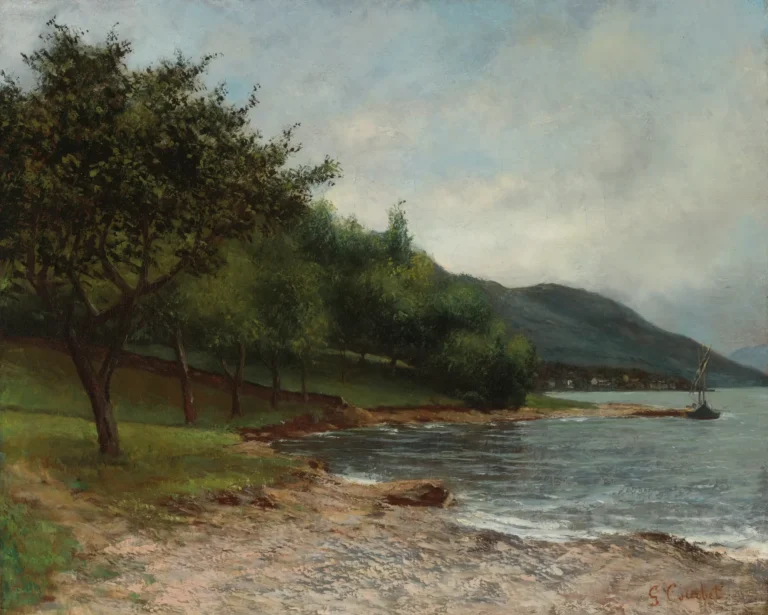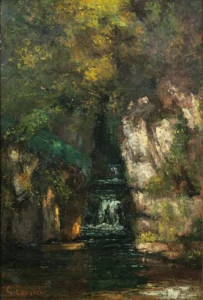La Rive Du Lac Léman
Gustave Courbet's La Rive Du Lac Léman paints a beautiful scene along the shores of Lake Geneva, illustrating several fishermen in the act of pulling their boats ashore. This tranquil moment captures the essence of rural life, showcasing Courbet's commitment to realistic observation. His technique, characterized by spontaneous brushwork and a focus on everyday moments, solidifies his role in the Realism movement, influencing countless artists who followed.
Year 1870
About the Artwork
La Rive Du Lac Léman represents Gustave Courbet's passion for depicting daily life through a realistic lens. Created during the height of the Realism movement, this piece diverges from the grand narratives often found in art, opting instead for a portrayal of ordinary moments. Courbet was inspired by the landscapes he encountered and the lives of those who inhabited them. His approach was revolutionary, capturing the raw beauty of the world around him while challenging the established norms in art. Unlike his more socially charged works, La Rive Du Lac Léman serves as a homage to the quiet, often overlooked moments that collectively shape the tapestry of life.
Did You Know
Courbet believed in painting only what he could see and experience, leading to a significant departure from the romanticized themes of his predecessors, which is vividly seen in La Rive Du Lac Léman.
Courbet’s dedication to realism paved the way for future art movements, particularly Impressionism and Post-Impressionism, by encouraging artists to explore everyday life and natural scenes.
Unlike many of his contemporaries, Courbet’s La Rive Du Lac Léman does not engage in social commentary, choosing instead to document a simple yet beautiful moment in rural life, a characteristic feature of the Realism movement.










